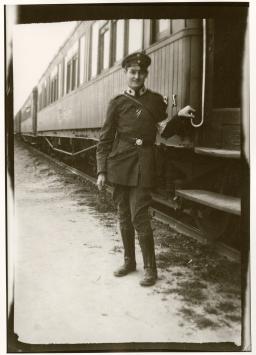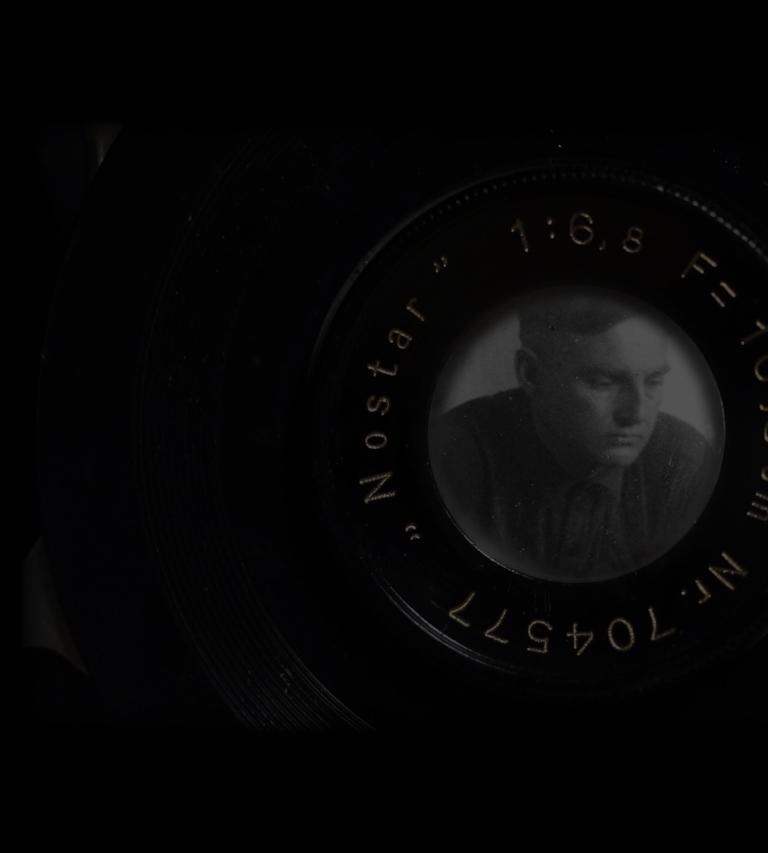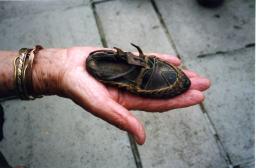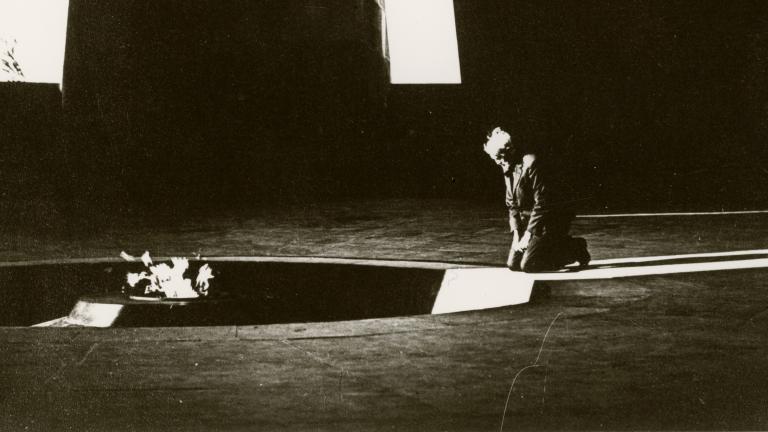When the First World War began in 1914, pacifist Armin T. Wegner enlisted in the German army as a medic. In April 1915, his medical unit deployed to the Middle East.
Soon, Wegner began hearing rumours of persecution of Armenian people living in the region. At great risk to his own safety and against military orders, he set out to investigate and document these atrocities through photographs.







